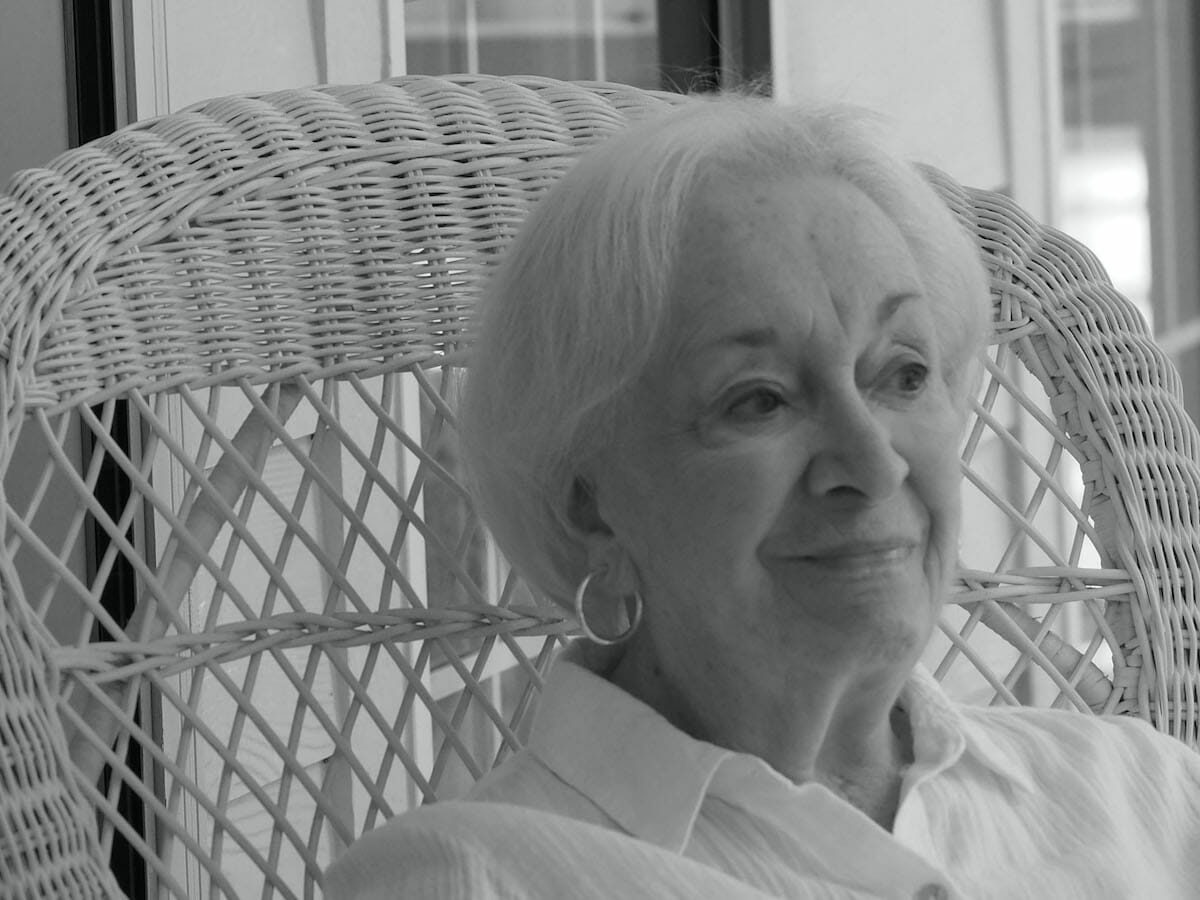By Scott Graber
It’s Saturday, and this morning I’ve got a small fire sputtering in my small hearth. The sputtering comes from the “green” wood just harvested in my yard. I know I should wait for this wood to age, but I am old, and it’s not clear that I will be around when this wood is dry and combustible.
This morning I also have a copy of a letter sent by Safe Harbor to the Town of Port Royal. This January 9 letter responds to Mayor Kevin Phillips’ December 14 letter asking for answers to a variety of questions dealing with the development of the port property.
Safe Harbor addresses the industrial activity, the land swap and the easement for the Spanish Moss Trail; but it doesn’t respond to the questions posed by Phillips regarding the “build to rent” decision proposed for the Bluff property. Insofar as this matter, Safe Harbor asks for an in-person meeting on the 31st of January.
In order to understand this issue one must remember that prior to the Mayor’s December 14 letter, a spokesman for The Beach Company, JC Darby, said that a “perfect storm” of high interest rates, contamination and a steep grade (at the Bluff) made it impossible for his company to build and sell houses in the Bluff Neighborhood. Darby said that this perfect storm forced them into a “build to rent” posture.
Insofar as the contamination, DHEC had completed its environmental maps in December 2022, saying, in part, “In summary, except for soil in the area of soil borings RB-23 and RB-24, the northern planned single-family residential area appears suitable for unrestricted use …”
Examination of theses maps shows the RB-23 and RB-24 borings are located on the 15th Street edge of the planned residential area — and were revealed to have Benzopyrene.
However, it doesn’t appear that fixing, remediating these two boring sites, out of a total of 38, would necessitate the huge, remove-all-the-soil-from-the-site-requirement suggested by JC Darby.
DHECs maps also revealed arsenic in the old rail bed — but that narrow, linear parcel could be a paved over and, indeed, is shown as a thoroughfare in the Beach Company’s renderings.
It is true that interest rates for mortgages have dramatically slowed-down the building and selling of single family homes throughout to nation. The January 4 edition of the Wall Street Journal (WSJ) said; “Wall Street investors in housing can’t meet their return hurdles when homes and debt are this costly.” But investors, ever nimble, appear to have moved over to apartments for their profits.
The January 4 WSJ went on to say that “Wall Street’s solution is to build new neighborhoods of family homes where everybody rents. The model isn’t new: clustered housing for students and senior citizens has been around for decades. The number of build to rent communities is small, with 900 neighborhoods nationwide, each with an average of 125 to 150 homes according to the report of the Urban Institute. But the concept is growing fast.”
The reason that build to rent is taking off is “rent growth is stronger for single family homes than apartments” and institutional investors who traditionally parked their money in apartment REITs, now want a bigger slice of the build to rent action.
The schematic drawing provided by the Beach Company shows 34 single family houses on the bluff; and 205 town homes in the woods behind the bluff. This visual shows groupings of five and six, narrow, two storied town homes. The scheme shows as many as 19 parking spaces in front of these closely built units.
The neighborhood adjacent to the Bluff is made up of brick or wood, single-storied homes built by shrimpers, crabbers and retired gunnery sergeants in the 50s and 60s. These two bedroom, tiny-tiled bathroomed, formica-countered bungalows characterize the middle-class owners who came forward when a crisis — like the proposed closing of the Town’s elementary school — threatened their children. These are the same folk who dutifully took part in the “charettes” that resolved that the new development in the re-purposed port property should not be gated, physically distinct or removed from the Town’s street grid. There was no contemplation, in those days, of rentals.
In 2020, Safe Harbor was acquired by Sun Communities, Inc., for about $2 billion. Sun specializes in RV and manufactured housing communities. It will be interesting to hear the views put forward when Town Council and Safe Harbor meet on the 31st.
Scott Graber is a lawyer, novelist, veteran columnist and longtime resident of Port Royal. He can be reached at cscottgraber@gmail.com.









